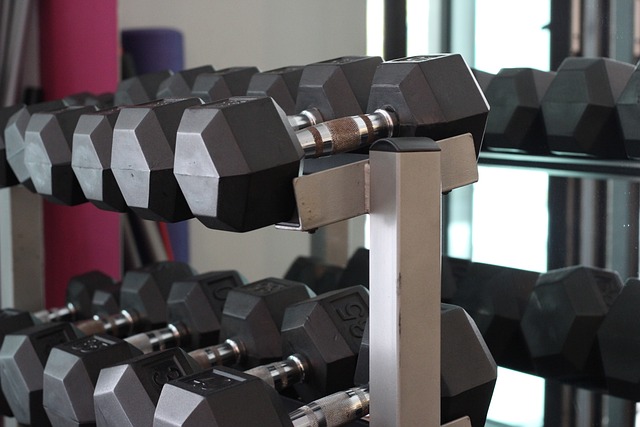 I am moving into a new home with a swimming pool soon. I am worried about my two year-old daughter’s safety around the pool. Is it too early to begin swimming lessons?
I am moving into a new home with a swimming pool soon. I am worried about my two year-old daughter’s safety around the pool. Is it too early to begin swimming lessons?
With summer approaching, people go outside in the sun and enjoy all types of activities, including swimming. Safety around water is very important. Between 2005 and 2009, there were 3,553 fatal unintentional drownings annually. That is ten events every day of the year. More than 50% of drowning victims required hospitalization or transfer for further specialized care. When you compare this with the 6% of other unintentional injuries, we see that drowning/near drowning can take its toll. The nature of drowning involves the reduction of oxygen in the blood and circulating to all parts of the body. As such damage can involve any and all body parts. The most important is brain damage. This can result in long term issues, such as seizures, memory and/or learning problems, and possibly loss of function.
Two thirds of all unintentional drownings are in children 14 years and under, with 80% being male. Children between one and four years-old have the highest drowning rate. Also, African American children drown at a rate three times that of caucasian children.
What can you do to keep your child from becoming a statistic? Take several precautions:
1. Make sure there is a fence between the house and the pool. Many houses have a fenced in yard which encompasses the pool area. This still allows the child access to the pool area. If the pool is separate from the general enclosure with an appropriate lock, there will be greater safety. You can make a change, such as this, and also remodel your pool to provide a safe and attractive pool area.
2. Never leave the child unsupervised while outside. Many children drown in other forms of standing water besides pools. Most every pediatrician, Emergency Medicine Physician, and first responder has a story about a young child who drowned in a bucket of water, a small fish pond, or other such container.
3. All children and adults who are not proficient swimmers should wear Coast Guard approved life vests around bodies of water. Air filled toys are not designed to keep swimmers safe.
4. All children should take swimming lessons. They may save a life. Lessons should be taught by a qualified instructor and geared towards the age of the child. It is never too early to start swimming lessons, but they are NOT a substitution for responsible supervision of children around pools or any other water.
Good Luck,
DRTOM










